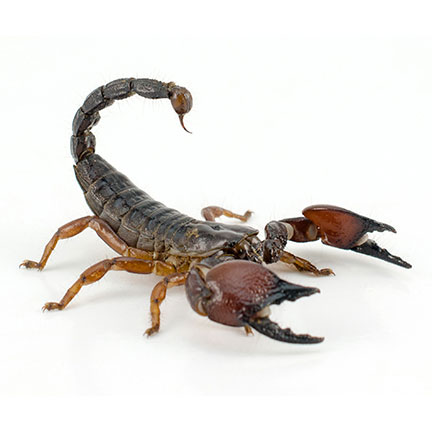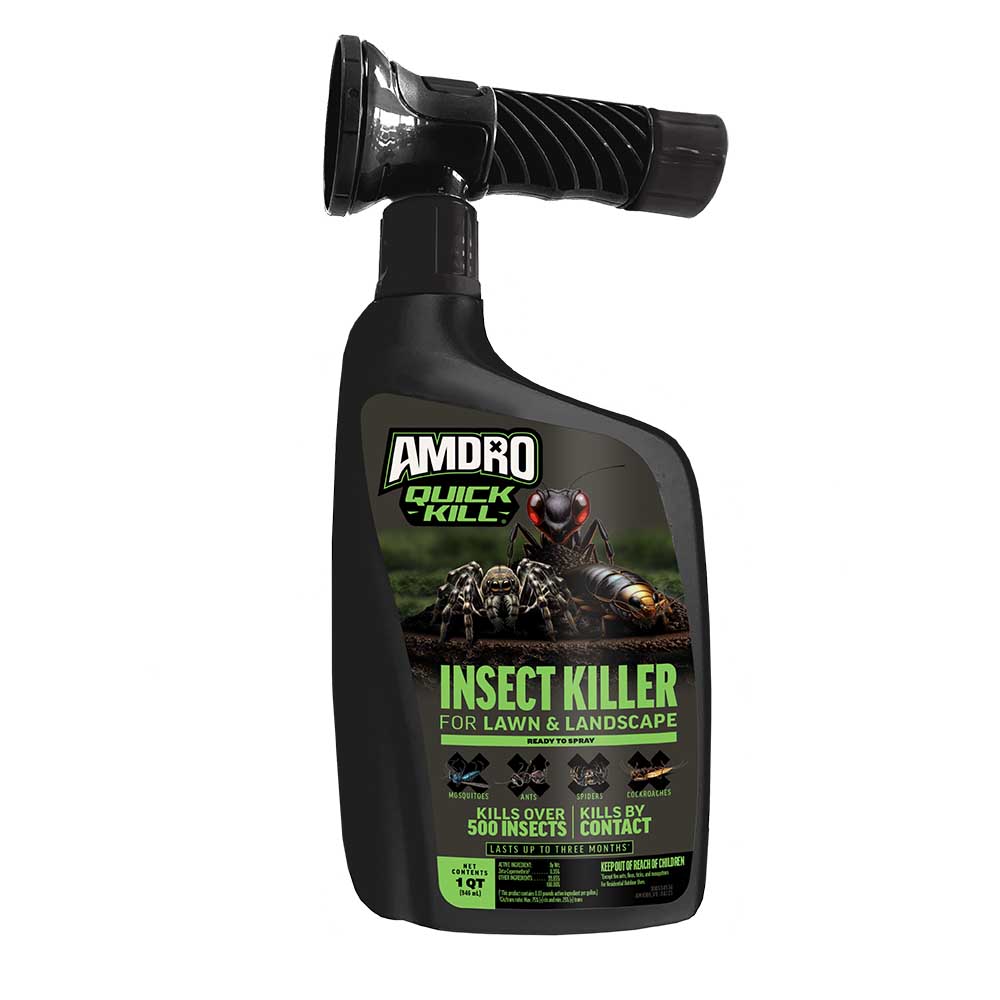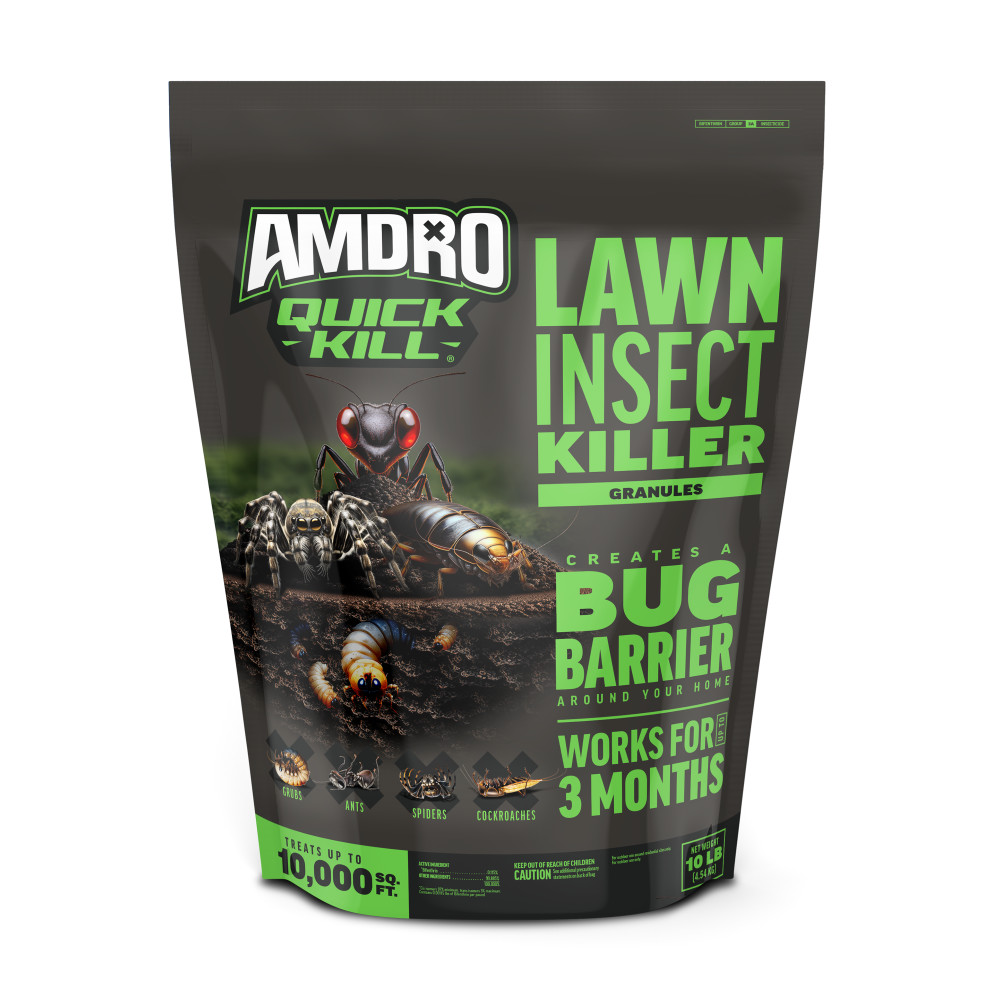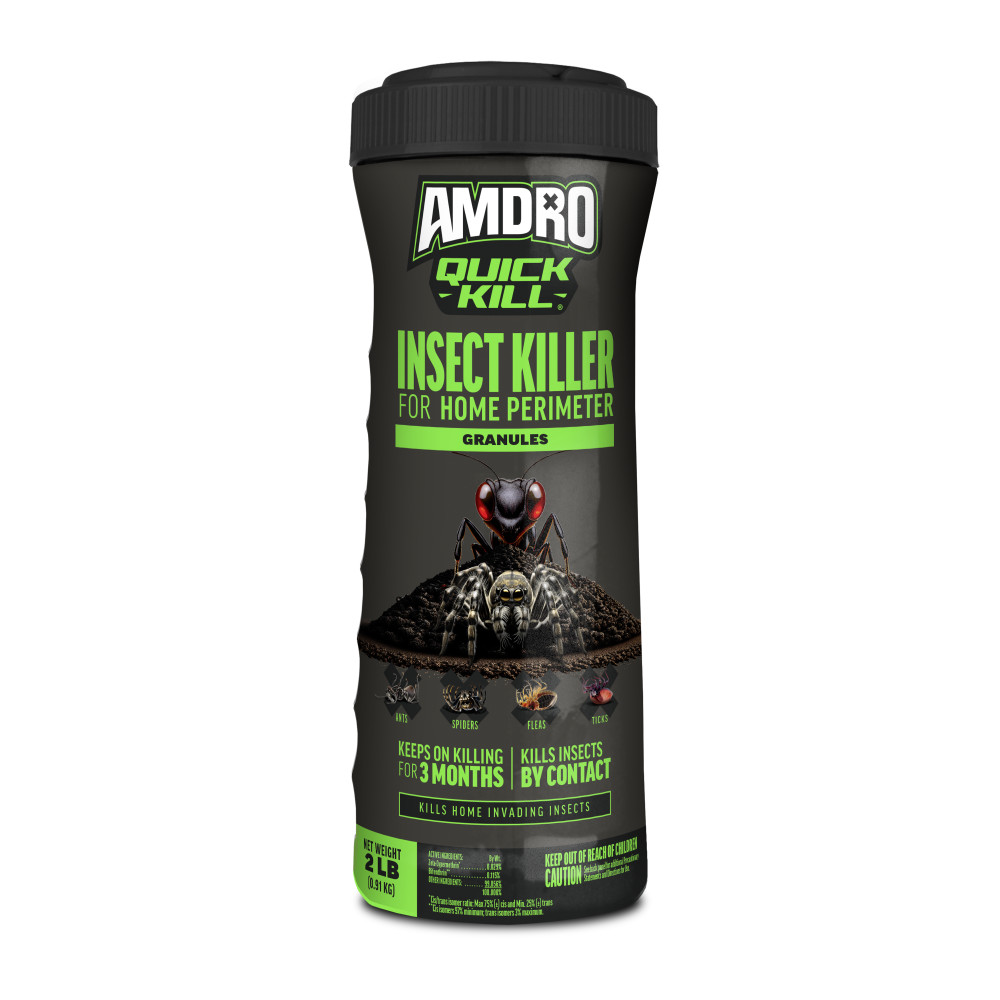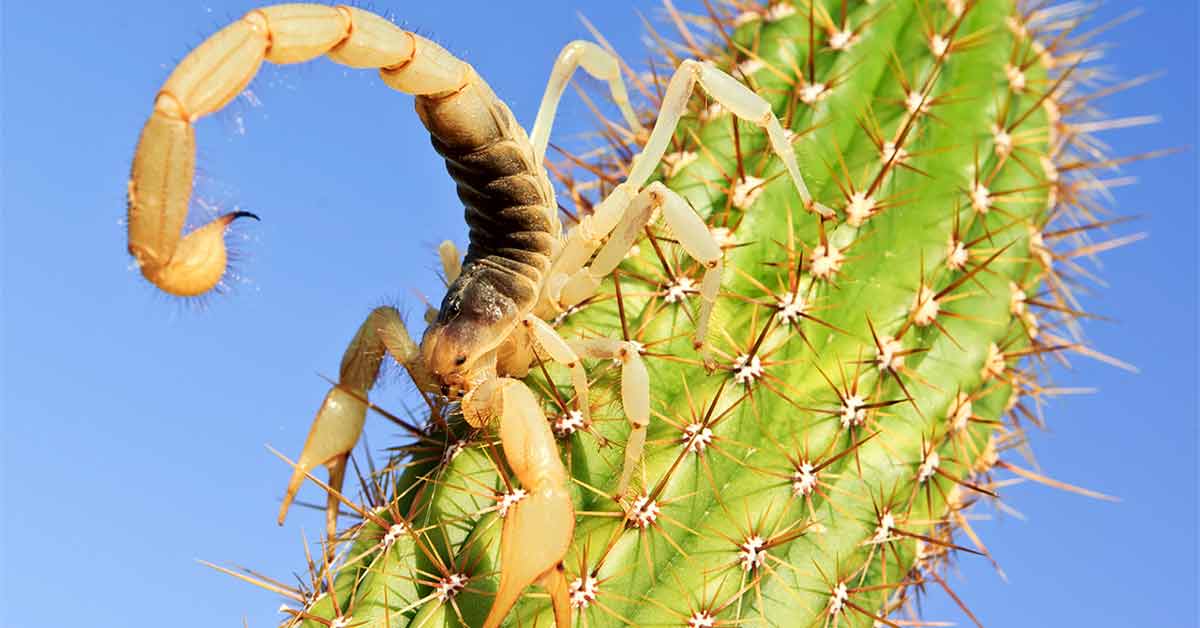Scorpions
SCORPION IDENTIFICATION
Most scorpions found in the United States live in the warm, dry southwest and western regions of the country. More closely related to spiders and ticks than insects, these stinging pests look a lot like crabs. Depending on the species, scorpions vary in color from pale yellow-brown to nearly black. Most common types grow 2 to 3 inches long, but some species measure 8 inches or more.
Scorpions have eight legs and two large front pinchers that they use to hold their prey as they sting it. Their long, segmented tails end with a venom-filled stinger. Some scorpions curve their tails high over their backs, but others curve theirs to the side. While most scorpion stings aren't life-threatening for humans, reactions can be painful and severe.
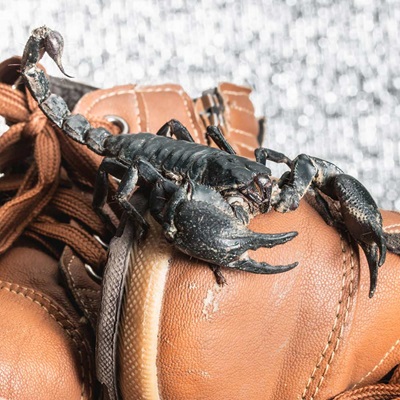
SIGNS OF SCORPIONS
Scorpions hide under rocks during the day and come out at night to eat creatures from insects to lizards, and even mice. Scorpions don't damage plants, but they do unsettle people when they sneak into homes and surprise them.
To check your property for signs of scorpions, look for the pests — carefully — at night. Patrol your home's perimeter with an ultra-violet "blacklight" flashlight. Because of a substance in their bodies, scorpions appear to glow under UV light. Be sure to look up as you patrol; some scorpions are very good climbers.
HOW TO CONTROL SCORPIONS
When you live in scorpion country, effective control means keeping these creatures away from your home and the people and pets inside. For best results, treat for scorpions late in the day, right before they come out to hunt at night. Amdro® brand products can help you protect your home's perimeter and keep scorpions at bay:
- Amdro Quick Kill® Home Perimeter Insect Killer Granules create a powerful band of protection around your home to kill scorpions while they're still outside. The easy-to-use granules kill by contact and keep protecting against scorpions for up to three months.
- Amdro Quick Kill Outdoor Insect Killer, available in ready-to-spray and concentrate formulas, works in minutes to kill scorpions by contact and keeps working for up to three months. Use it on lawns, trees, shrubs and flower gardens. You can even treat your home's foundation up to a maximum height of 3 feet.
- Amdro Quick Kill Lawn Insect Killer Granules provide an extended area of protection to kill scorpions before they hit your home's perimeter. Apply the granules with a standard lawn spreader, then Contently 1 lightly water the treated area. The granules kill scorpions within 24 hours and keep killing them for up to three months.
SCORPION CONTROL TIPS
Inspect your home for any openings where scorpions might enter, then seal these entry points thoroughly. Keep your home's perimeter protected — and never put on shoes without shaking them and looking inside first.
Always read product labels and follow the instructions carefully, including application rates for target pests.
Amdro and Amdro Quick Kill are registered trademarks of Central Garden & Pet Company.
Pest Gallery
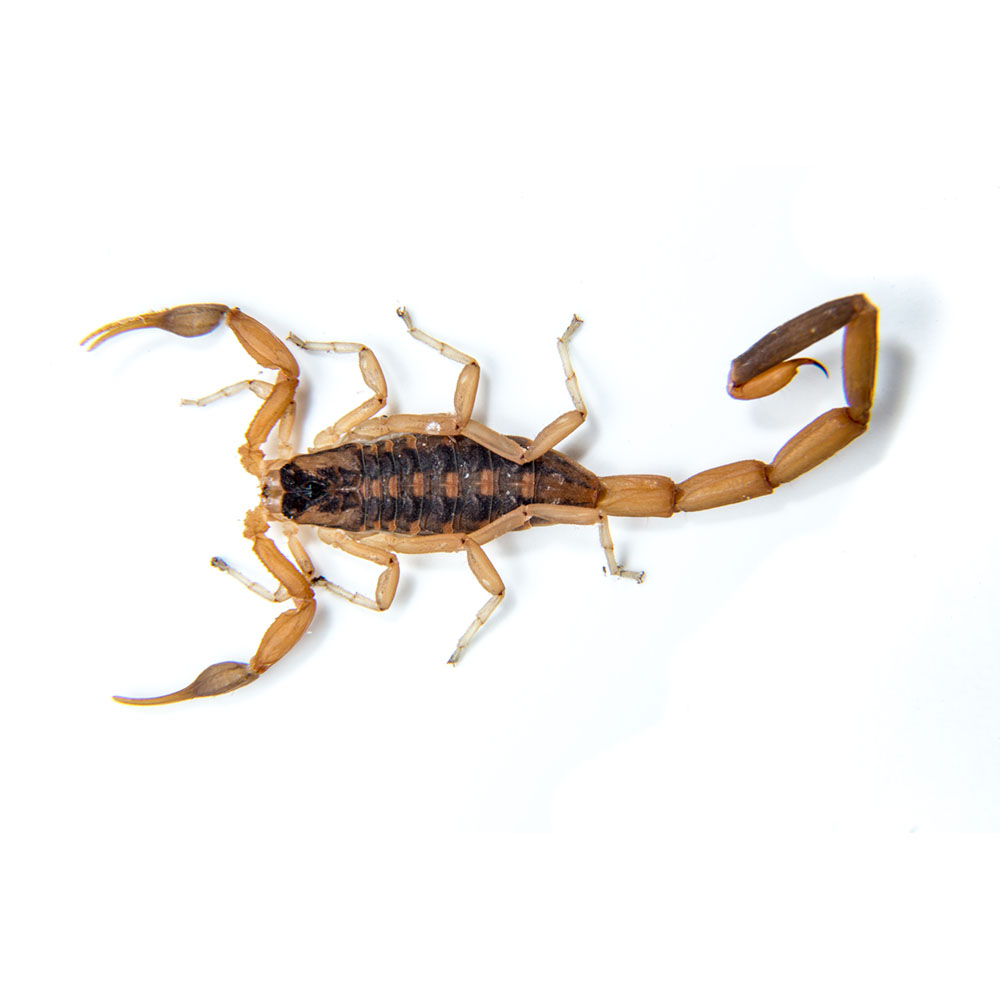
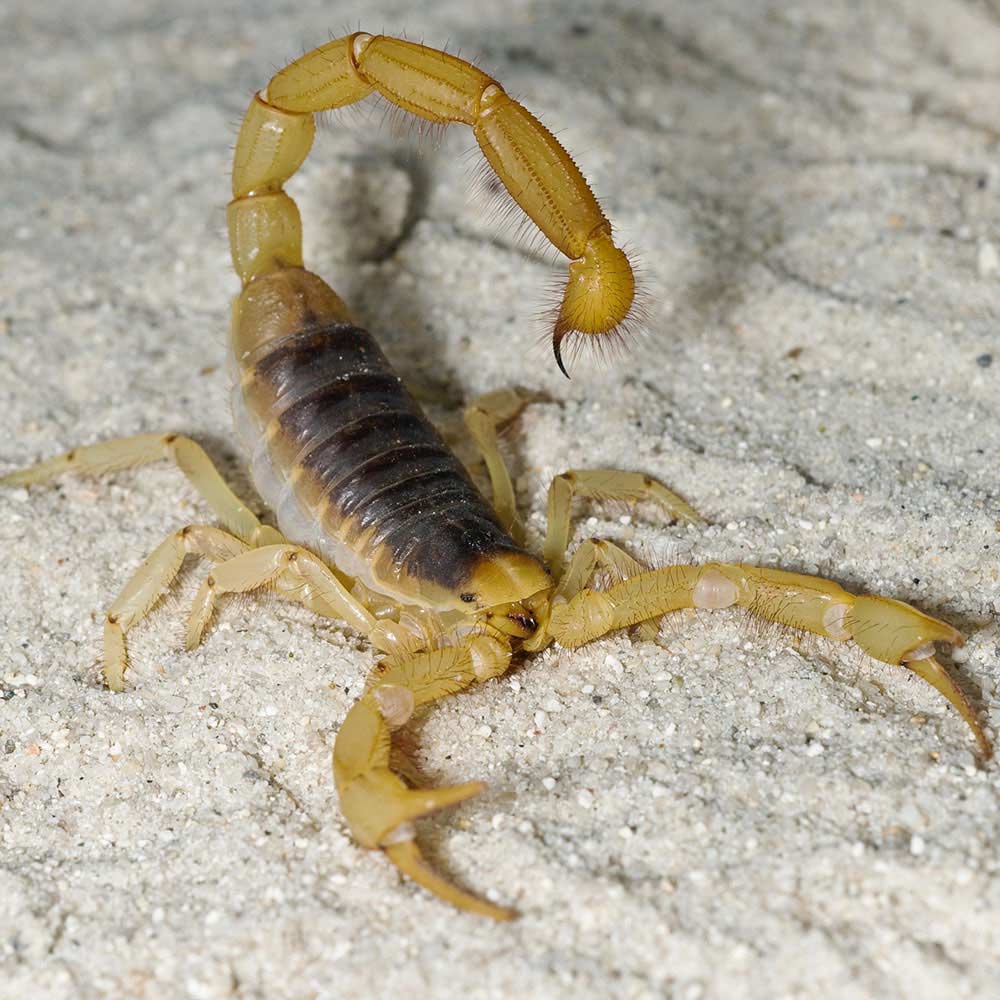
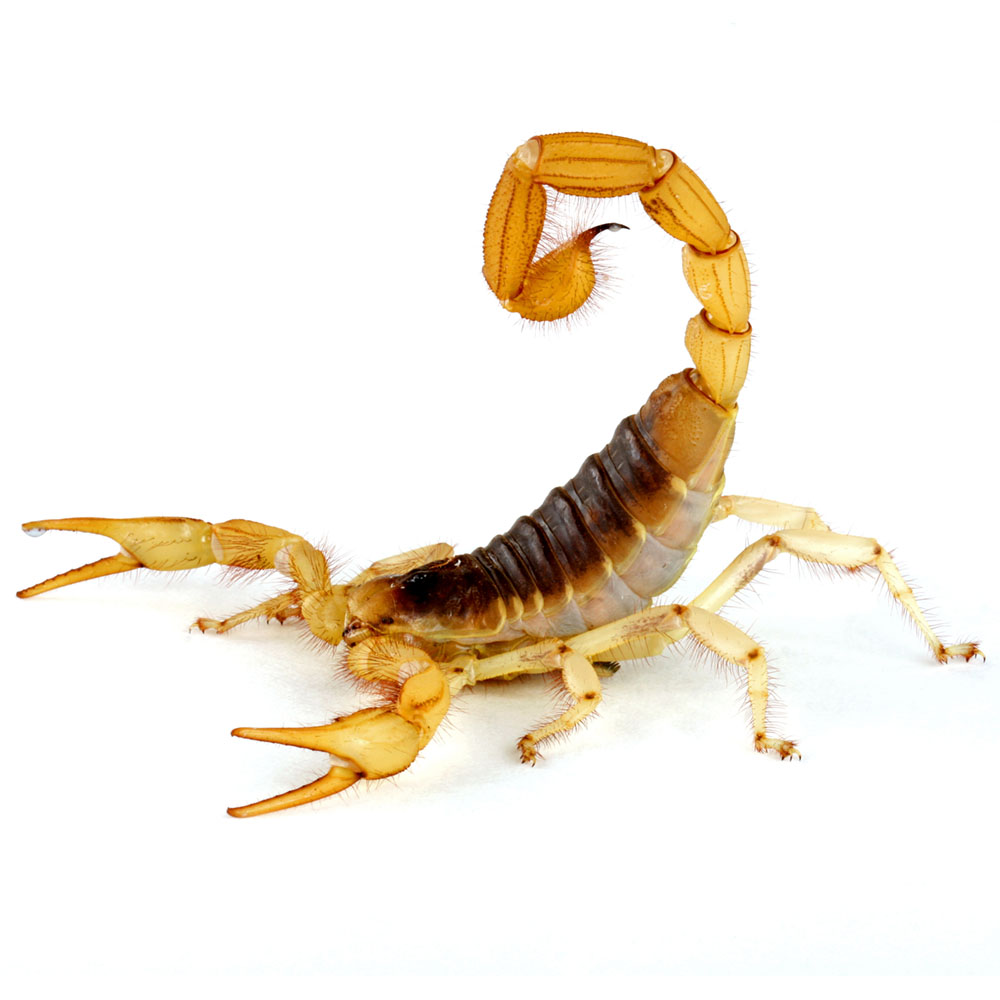
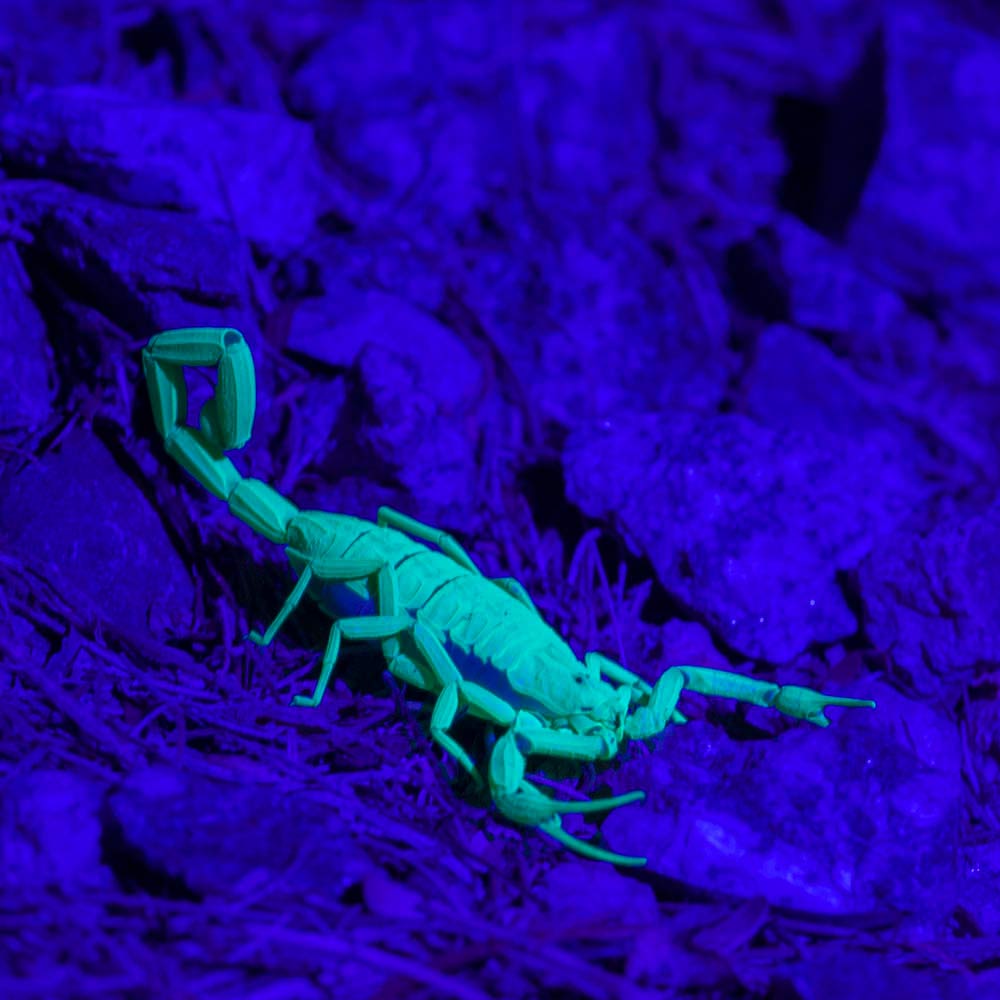
Is this not your insect?

